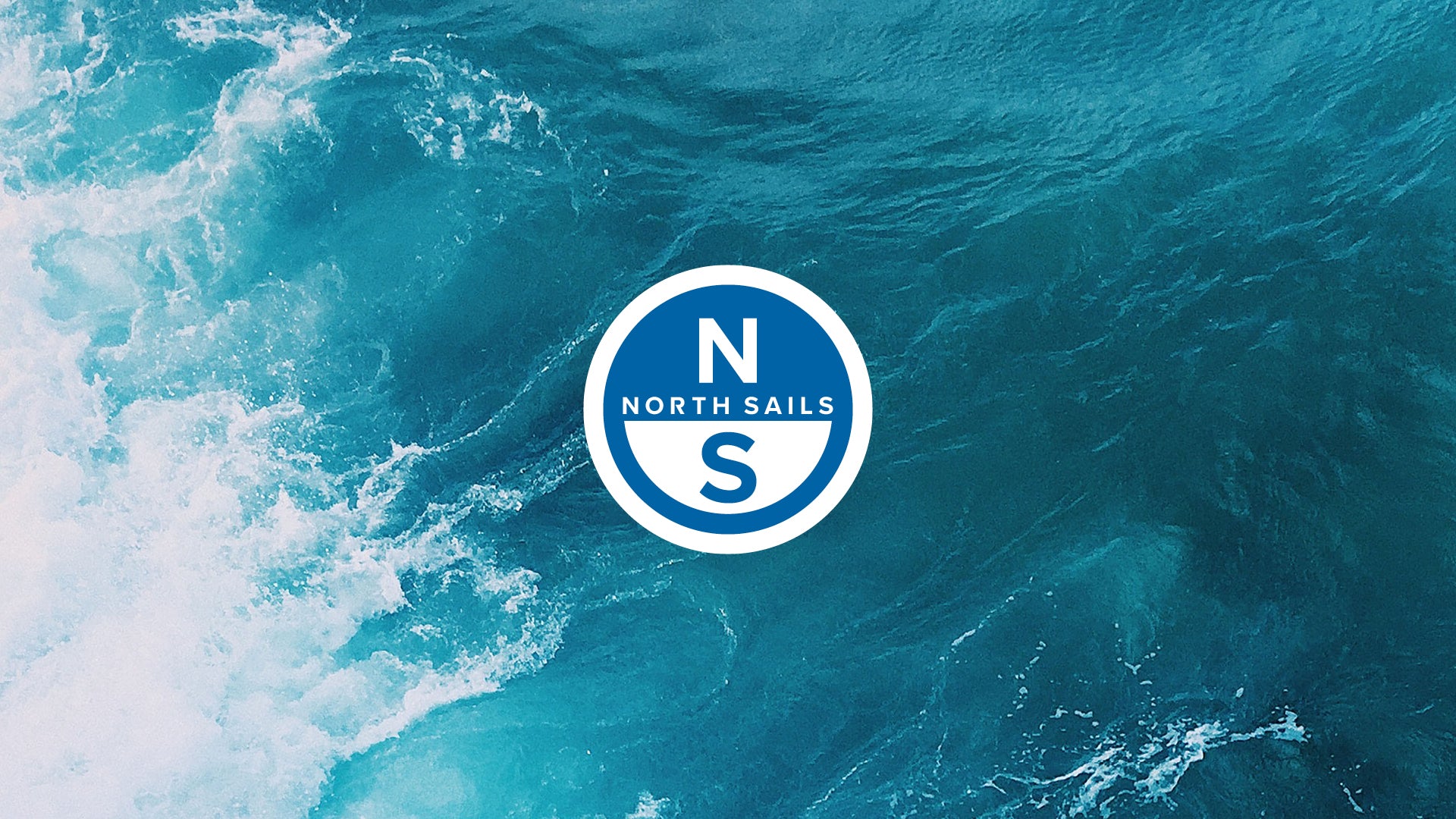FARR 3.7 TUNING GUIDE
Mast Rake
Use Bruce Farr’s mast rake diagram as a starting point. Most top boats have recently had the centre of their mast set 60 -80mm (2 or so inches) aft of the intersection point of the tapes. When your boat is going well, use a stick to measure your forestay lashing so that you can set it at the same place every time, or experiment knowing what your rake actually is. 4mm on a forestay changes the rake quite a bit (check it out and see). Use a measuring stick - don’t try to experiment by the power of your biceps when setting up the mast. The writer’s experience is that even though in principle everything should be equal, the forestay sets mast rake, while the tightness of sidestays affects rig tension before it seriously affects mast rake. Sailing upwind, it is definitely the forestay that remains tight, and upwind is where the rake matters most. Don’t be afraid to vary your mast rake according to wind conditions, fresh or salt water. (Forward on fresh water, unless it is choppy). Raking your mast too far aft, or forward, will lose you upwind pointing ability. If your rake is too far aft in strong breeze you will capsize a lot. Some skippers believe that as soon as you are in big waves or chop, having your mast raked forward will make your boat bunt into the waves and go slow upwind. If you rake it correctly aft, the bow will lift nicely through the waves without you having to move back in the boat while trapezing.
Rudder
Class Restrictions give you total freedom for your rudder design. Some believe that when you are planing at high speed off wind, the distance between the centreboard and rudder determines how sharply you will turn with whatever minor movement you make on the tiller. If you want to survive more easily in 20 knots plus, (downwind, of course) hang your rudder blade at least 6 inches aft of the transom and have both your rudder gudgeons and your rudder blade raked at the same angle as your centreboard. A thick, rounded leading edge should help reduce your rudder’s tendency to cavitate (suck air right down, make spray, and stop steering.) At high speed, you will not have very good control of your boat if there is a lot of play in your rudder gudgeons. At high speed (ie, off-wind in a blow) the boat is controllable only through ultra-quick use of the tiller and very quick shifting of body-weight - and both controls must be precise. Don’t be afraid of some swims in the learning stages. You’ll know you’ve made it when you’re with the guys who don’t swim. (If you aren’t willing to enjoy the odd massive wipe-out, maybe you should stick to sailing Optimists!) Unless something major is wrong with your board or rudder blade, 90% of your boat speed will stem from your rig (mast rake, mast bend, and sail shape), assuming your hull and body are down to weight.



























